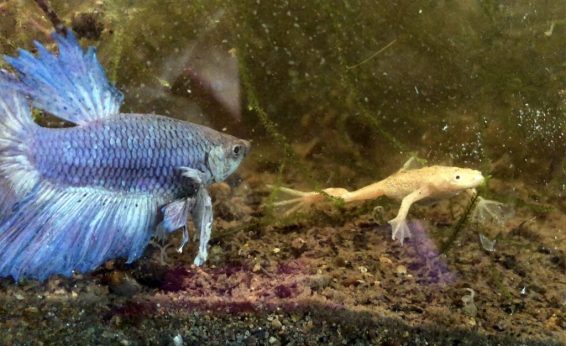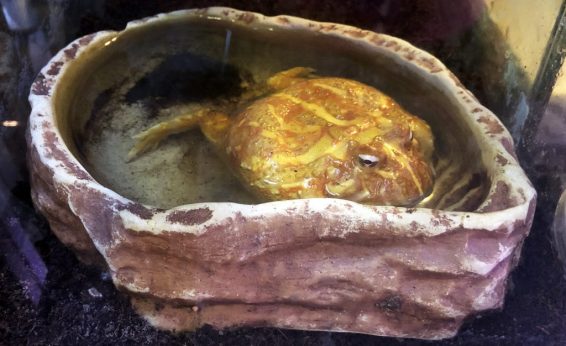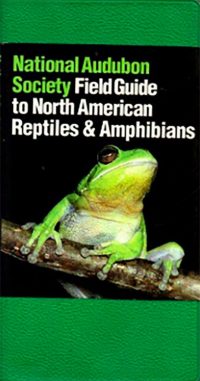
Guide 6A Life Cycles
Resources
Additional activities, a behind-the-scenes gallery, recommended books, and more.
About this Guide
Life Cycle of Learning
There are some things that come up again and again in your lifetime: how to treat a sore throat, when to plant the peas in the garden, totaling up a bill. Things you may have learned years earlier in school or through life experiences come back again and again, especially when you are teaching children and grandchildren. The key is to hang on to enough knowledge that you can access the rest. Hopefully the portfolios you are constructing will reveal aspects of your own life cycle of learning.
Lesley
Additional Activities

Make More Models
Once you start making models as part of this guide’s assignment, you will quickly realize that models come in many forms: planning lists, architectural models, clothing designs…the list is endless. Try making models related to your life interests that capture your unique perspective of the world.
Awesome Amphibians
At most pet stores you will find a wide range of fish, mammals, reptiles, and even birds. But the amphibians are in short supply. The same holds for museums and zoos. Spend some time getting to know the amphibians, the link between aquatic fish and terrestrial reptiles.
Behind-the-Scenes

Unusual Alliance
Our albino aquatic frog spends a lot of time with a male Betta fish. We don’t have an explanation, but it is an interesting relationship.

Big Appetite
Some amphibians have a large (and expensive) appetite. Ceratophrys (Pac-man frogs) can eat mice and other amphibians, and with good care can live up to 10 years in captivity.
A life cycle display showing concepts in this 6A guide and the next 6B guide.
Recommended Books

Its a classic with twists, turns, and controversies.

This may be a children's book, but the quirky art and inclusion of researchers like Rosalind Franklin make it a winner for all ages.


